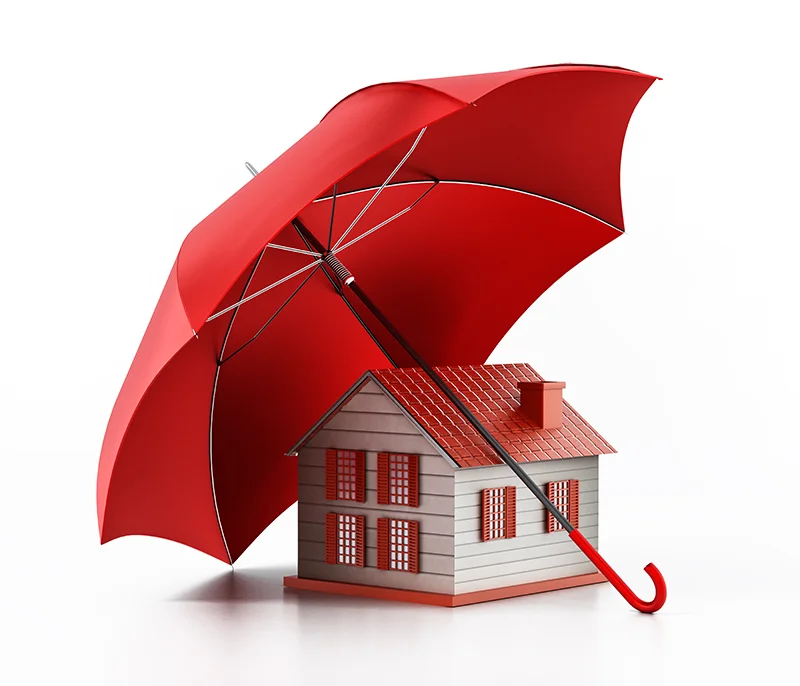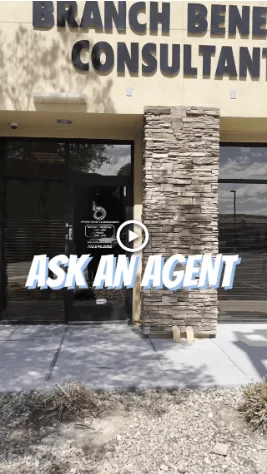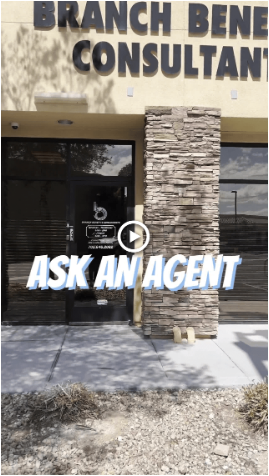10 Safety Tips for Driving at Night
Driving at night can be a challenging and dangerous task. Are you aware of the potential risks and how to minimize them? Regardless if you’re a seasoned driver or a new one, it’s crucial to be equipped with the knowledge and skills to ensure your safety on the road after dark.
Nighttime driving poses unique challenges, such as reduced visibility, fatigue, and increased risk of encountering impaired drivers. About half of traffic fatalities happen after dark even though only one quarter of travel occurs at night.
However, by practicing safe driving, you can significantly reduce the chances of being involved in a nighttime driving mishap. Whether you’re cruising on rural roads or in dark city streets, this guide will help enhance your visibility, reaction times, and overall driving experience at night.
Let’s shift into drive and explore these valuable tips to protect yourself against car accidents.
Safety Tips for Driving in the Dark
From checking your vehicle’s condition to adjusting your driving habits, there are various safety measures you should keep in mind.
Here are 10 safety tips for driving at night to help you navigate the dark roads safely and arrive at your destination without incident:
1. Ensure Proper Visibility
Before driving at night, make sure all your vehicle’s lights are in working order. Check your headlights, taillights, and turn signals to ensure they are functioning properly. Next, clean your windshield and headlights to improve visibility.
Another consideration is bright dashboard lights, which can be distracting and reduce your visibility of the road ahead. Adjust the brightness of your dashboard lights to a lower setting to minimize distractions and improve your night vision.
2. Reduce Driving Speed
According to the National Highway Traffic Safety Administration (NHTSA), speeding was a contributing factor in 29% of all traffic fatalities in 2021. Even driving at the speed limit can be too fast for road conditions with risks, such as bad weather, road construction, or poorly lit areas.
To stay safe while driving at night, it’s important to reduce your speed. Slower speeds give you more time to react to potential hazards and can help prevent an accident.
3. Increase Following Distance
It takes longer to react and stop your vehicle at night, so it’s vital to increase your following distance. Maintain a safe distance from the vehicle in front of you to allow for proper reaction time in case of sudden stops or emergencies.
Regularly check your rearview mirror to keep track of vehicles approaching from behind. This will help you anticipate any potential hazards and take necessary precautions.
4. Don’t Stare at Bright Lights
Looking directly at bright lights, such as streetlights or oncoming headlights, can cause temporary blindness and make it difficult to see the road. Instead, focus on the right side of the road and use your peripheral vision when necessary.
Furthermore, it’s important to avoid being blinded by the glare from oncoming headlights. Look slightly to the right side of the road and use the white line as a guide to maintain your lane.
5. Avoid Drowsy or Impaired Driving
Driving at night can be more tiring than during the day. Make sure you’re well-rested before getting behind the wheel and take breaks if needed. If you start feeling drowsy, pull over in a safe location and rest until you are refreshed.
Alcohol consumption impairs judgment and increases reaction times — two factors which can increase risks while driving at night significantly. If you plan on drinking alcohol, choose an alternative mode of transportation like public transportation or a taxi/rideshare service instead of getting behind the wheel yourself!
6. Stay Alert and Avoid Distractions
Keep your focus on the road and avoid distractions, such as using your phone, eating/drinking, selecting music, or any other activities that take your attention away from driving. Pay attention to your surroundings to anticipate any potential hazards.
Additionally, be mindful of music volume. While it’s tempting to crank up the tunes to keep yourself awake, loud music has been shown to affect driving safety. High music volume impairs reaction time and worsens driving performance, specifically more risk of distraction, traffic violations, driving errors, aggressive driving.
7. Use High Beams Appropriately
High beams can significantly improve visibility on dark roads, but make sure to switch to low beams when approaching other vehicles or when driving in urban areas. High beams can blind other drivers and make it difficult for them to see.
Also, check beforehand that your high beams are functioning correctly for the times when you do need them. These lights are especially useful on dark, rural roads where visibility is limited.
8. Watch Out for Others
Pedestrians and cyclists can be harder to spot at night, so be extra cautious and watch out for them. Slow down when approaching crosswalks and intersections, and always yield to pedestrians.
Pay attention to other drivers’ behavior as well. Look out for signs of drunk or drowsy driving, such as erratic movements or drifting between lanes. Stay alert and ready to take evasive actions if needed.
9. Plan Your Route in Advance
Driving at night comes with its own set of challenges, from limited visibility to increased fatigue. One way to ensure a safer and less stressful journey is by programming your GPS or mapping out your route ahead of time.
Planning your route in advance also allows you to familiarize yourself with the upcoming road conditions, potential construction sites, or areas with limited visibility. This knowledge can help you adapt your driving style accordingly and navigate safely through unfamiliar territory.
10. Take Breaks During Long Journeys
Driving for long periods at night can be tiring and monotonous, leading to drowsiness and reduced focus. It’s crucial to take frequent breaks throughout your journey to combat fatigue.
You can rest your eyes, get some fresh air, or do some exercises, helping you feel more awake and energized. Pull over at a safe location for a few minutes every few hours if possible to avoid drowsy driving and stay alert on the roads!
Protect Yourself on the Road Ahead
Driving at night can be a dangerous endeavor, with numerous risks and potential accidents waiting to happen. It’s crucial to take proactive measures to help keep yourself and those around you safe. By adopting smart driving habits and being mindful of potential hazards, you can significantly reduce the risk of accidents.
With this in mind, it’s important to remember that car wrecks at night can still happen even to the safest drivers. Now is the perfect time to review and update your auto insurance before something happens to protect yourself against financial loss and legal problems.
Get a quote for a personal policy and let’s get you on the road to peace of mind driving.












